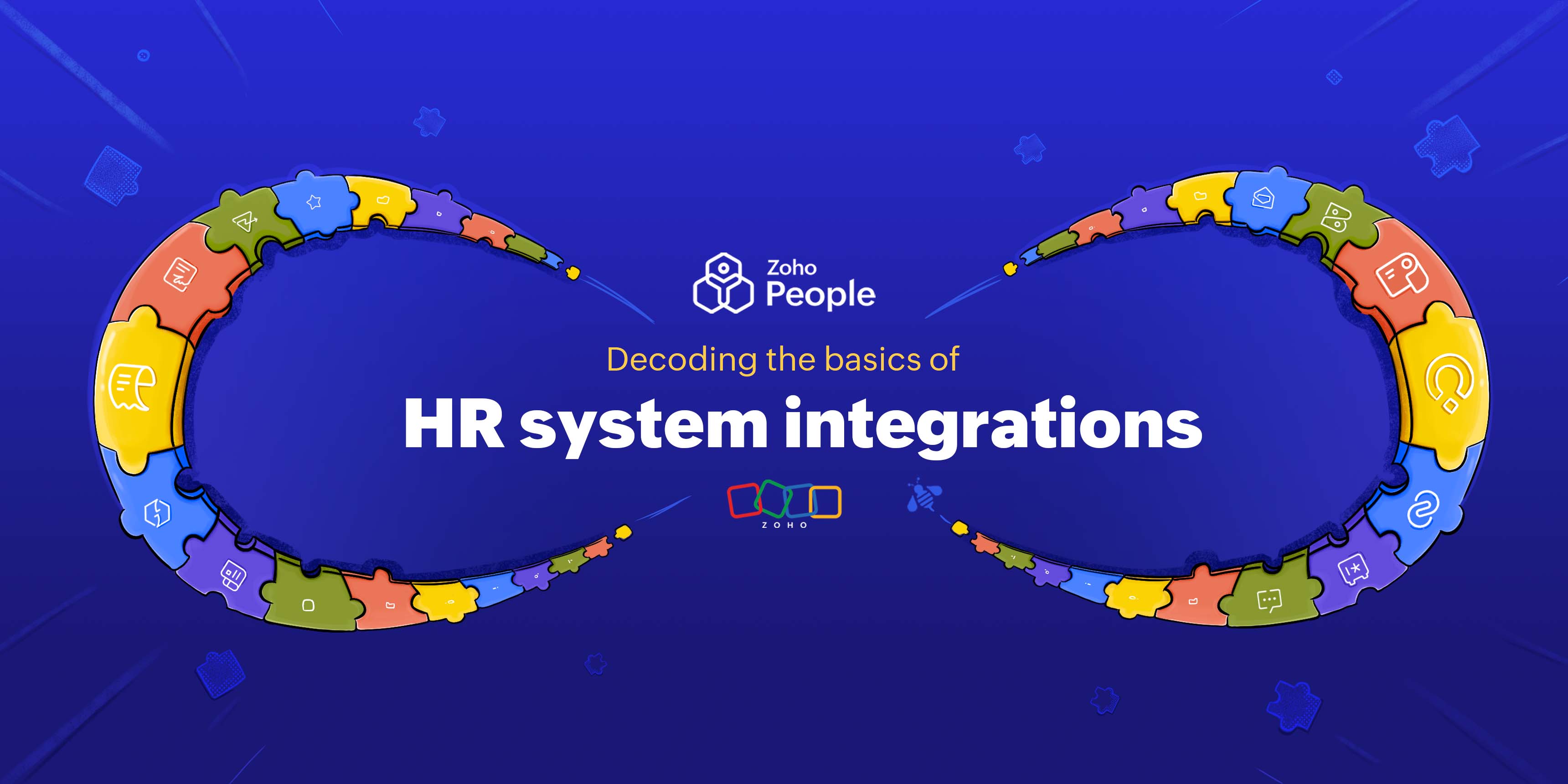- HOME
- More
- Learning and Development
- 5 ways to motivate employees to participate in training
5 ways to motivate employees to participate in training
- Last Updated : August 23, 2023
- 5.2K Views
- 5 Min Read

Organizing regular training programs is key to improving the quality of work your employees do. As an HR professional, you understand the amount of time, money, and effort that goes into training and developing employees. Maximizing ROI for both the organization and your workforce is tough but necessary when managing professional development.
However, sometimes your employees may be so engrossed in their work that they may refrain from attending training altogether. In other cases, your employees may think that the training is not relevant to their day-to-day work or career progress. Even if they attend sessions, they will find it difficult to engage with the learning materials. In both scenarios, the training programs end up not having the intended impact on your employees, and you come away feeling like you wasted your organization's L&D efforts.
If you are wondering how to motivate employees and improve participation rates for your training courses, we've got you covered. Here are five different ways to optimize your L&D initiatives and boost participation:
Target your training courses to employee roles
Your employees will naturally dislike training programs that don't add value to the work they do. For instance, communication training may be relevant to your customer-facing teams, like sales, support, and marketing, but not for your product development or quality assurance teams. Communication skills are important for all areas of business, definitely, but making a course like this mandatory for all of your employees may hinder its success.
Before organizing a training program, group employees in similar roles and analyze their training needs. Discuss with respective managers to understand what each team is trying to achieve, what their goals are, and the skills that are required to ease the process. To streamline this even further, try conducting a quick survey personalized for each role. Allow employees to tell you themselves which skills they'd like to pick up and why they'd be useful to their role. If a survey won't work, you can combine this exercise with the performance review process. While providing performance feedback, you'll have a clear idea of what your employees are good at and where they are struggling. This is a great time to plan training topics and gauge employee motivation.
Be mindful about team workloads
When strategic tasks with tight deadlines are piling up, nobody wants to sit through long lectures. Your employees will get distracted, worrying about their assigned tasks instead of engaging with the content at hand. That's why it's important to understand the various workloads each team is facing during these times and make sure employees don't feel burdened by the thought of one more item on their to-do list.
Discuss with the respective project managers and organize training around times when their workload is comparatively light. Encourage managers to have a word with their team before finalizing the dates for training. As the training date approaches, it's good for managers to prioritize existing tasks, assign them to employees earlier than usual, and set reasonable deadlines that take the training into account. All of these things can surely help your employees balance their work and training more effectively, boosting motivation and participation.
Provide flexibility
Employees expect a flexible learning experience that allows them to learn at a time and place that is suitable to them. They are no longer interested in long, rigid training programs that swallow up a good amount of their time and force them to travel long distances.
While organizing training, support different learning styles that are consistent with your employees' individual learning needs. For instance, some employees may like a self-paced learning style that allows them to engage with the learning resources on their own, whereas others may prefer a blended learning style that combines in-person teaching and e-learning. A dedicated learning management system (LMS) that has mobile compatibility is another great tool because it allows your employees to complete courses from their smartphones or tablets.
Create easy and interesting course materials
Burdening employees with every intricate detail of a particular topic is a great way to lose interest early on. Each training program should be designed in a way that avoids jargon, breaks down complex topics, includes key takeaways, and provides hands-on experience.
Design bite-sized learning materials that are easily accessible. Include informational videos that engage the senses through clear sound quality, subtitle options, and graphics. Encourage employees to create groups or forums that allow them to interact with their fellow learners, share different perspectives, and get answers to any questions they have. To help keep training fresh, it's also good to have the right mix of theory and practical lessons. Lastly, during the final days of training, ensure employees get a chance to implement what they've learned during the course itself. This will boost employee satisfaction as they see how the training can be directly applied to the work they do every day.
Introduce an element of gamification
Adding an element of gamification to your corporate training programs can make them more engaging, interesting, and fun for employees. Some typical applications of gamification in corporate training would be to:
Separate courses into different levels
Provide badges to learners who accomplish certain goals
Offer rewards to exceptional learners
Use leaderboards to show where all learners stand
All of these motivating factors enable employees to have more fun learning and interacting with their peers, rather than forcing them to sit through never-ending lectures. It's important that you check in with employees before implementing these methods, however, as every team will respond to them differently. And don't forget to get their feedback! They may even have some unique gamification ideas of their own.
Final thoughts
In today's dynamic market, employees have to scale up their skills consistently to stay on top of the trends in their role or industry and take your business to the next level. Without proper training, both your organization and its employees will have a hard time trying to grow and succeed. That's why it's important to organize useful training programs and encourage employees to participate. We hope this blog gave you insight into how you can motivate your employees to participate in and engage with your training programs.
Zoho People's LMS is designed to help you ensure your training courses are simple and engaging for learners. With Zoho People's LMS, employees can take their training lessons from anywhere in the world, at whatever time is convenient. Learn more about Zoho People's LMS.
 Tarika
TarikaContent Specialist at Zoho People


